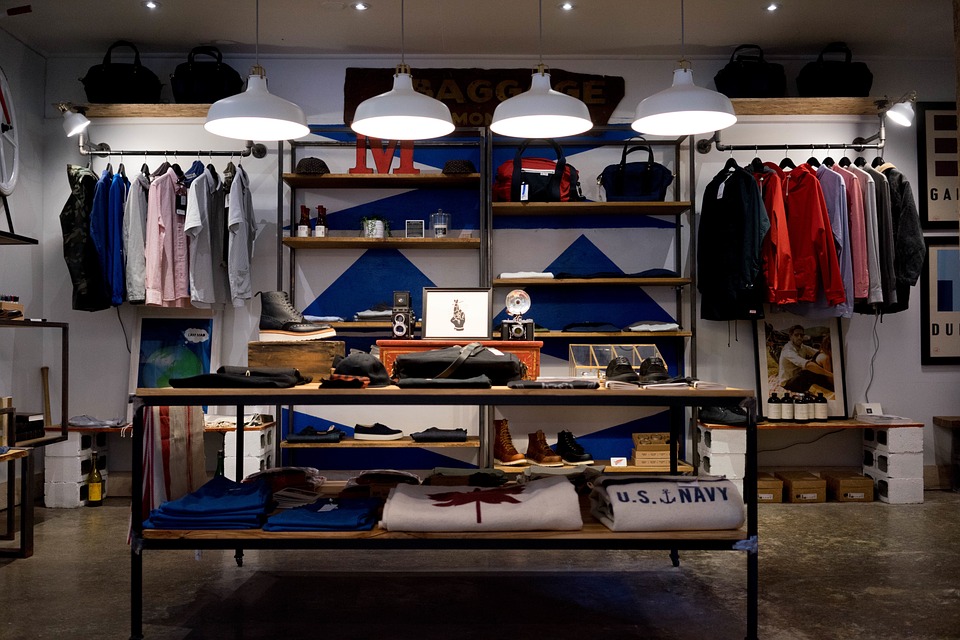
How Visual Merchandising Impacts Retail Sales
 Visual merchandising is a catch-all term used to describe the way in which products are presented in a store. Whether your store sells apparel, jewelry, electronics, sporting goods, or any other consumer product(s), chances are its sales are being influenced by visual merchandising.
Visual merchandising is a catch-all term used to describe the way in which products are presented in a store. Whether your store sells apparel, jewelry, electronics, sporting goods, or any other consumer product(s), chances are its sales are being influenced by visual merchandising.
When you first step foot into a store, your eyes will be drawn to a nearby product display. Perhaps this is a mannequin dressed in the store’s latest apparel, or maybe it’s a slatwall grid featuring seasonal products. Regardless, visual merchandising displays such as this are designed to draw shoppers’ attention, guiding them towards specific products. And when a shopper is focused on a particular product, he or she will be more likely to purchase the respective product.
Visual merchandising is also useful for selling excess inventory. Retail store owners know all-too-well the problems of “overstock” inventory. If there’s a stockpile of a product in your store’s back room that’s taking up valuable space, you’ll need to move it, and fast. The longer it sits there, the more space it’s going to waste — space that could be used for storing other products. You can move excess inventory, however, through the use of visual merchandising. Displaying the product in your store’s window will encourage shoppers to buy it, as they’ll see exactly what the product looks like up close.
Retailer should engage in visual merchandising practices to maximize sales and promote a higher level of customer satisfaction. Investing just a small amount of your time and resources into visual merchandising will have a positive impact on sales while allowing shoppers to feel more confident with their purchase.
Here are some visual merchandising tricks and techniques to maximize your store’s sales:
- When displaying clothes and apparel, make sure the garment is clean and pressed.
- Create a central “theme” around your product displays.
- Change your product displays on a regular basis, rotating new products and incorporating new design elements.
- Measure shoppers’ response to your product displays. Are shoppers buying more of the product now that’s displayed differently?
- Use bold colors like red and yellow to draw attention to your product displays.
- Contact your product manufacturers and/or distributors to see if they offer assistance with product displays.
- Use lighting to illuminate your product displays and make them more visible.
If you have any questions at all about visual merchandising, please give us a call at 800.241.6897 or email us at /contact-us/.



